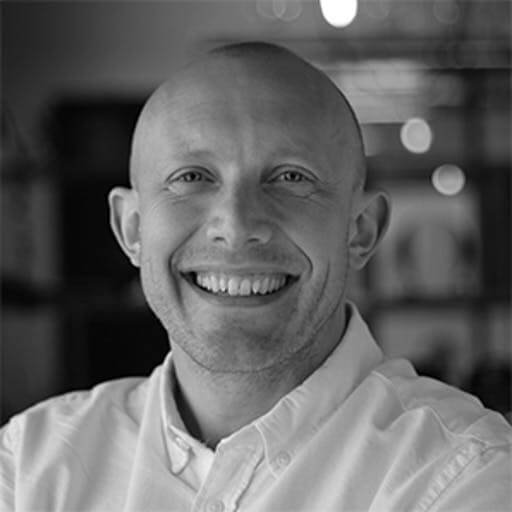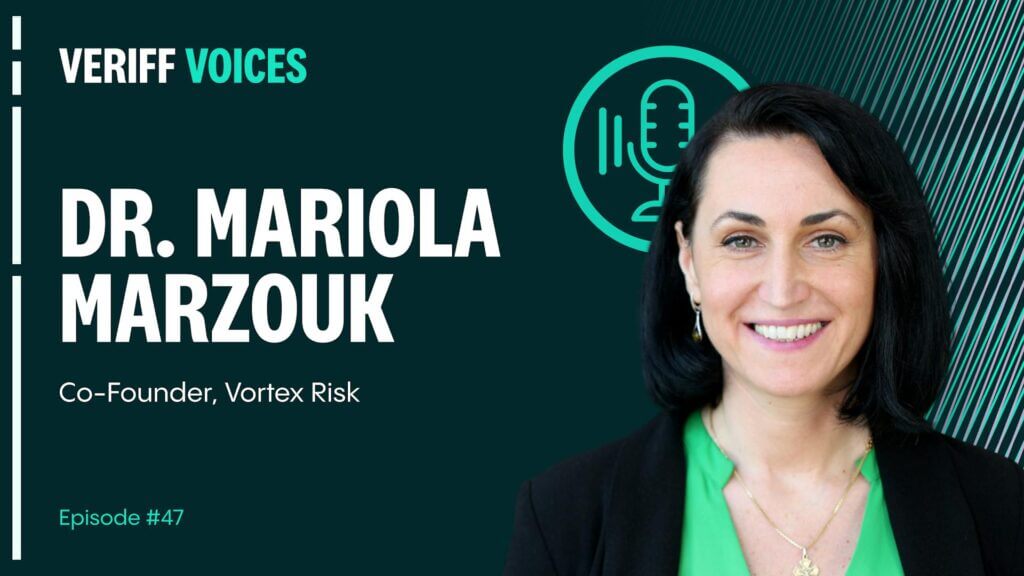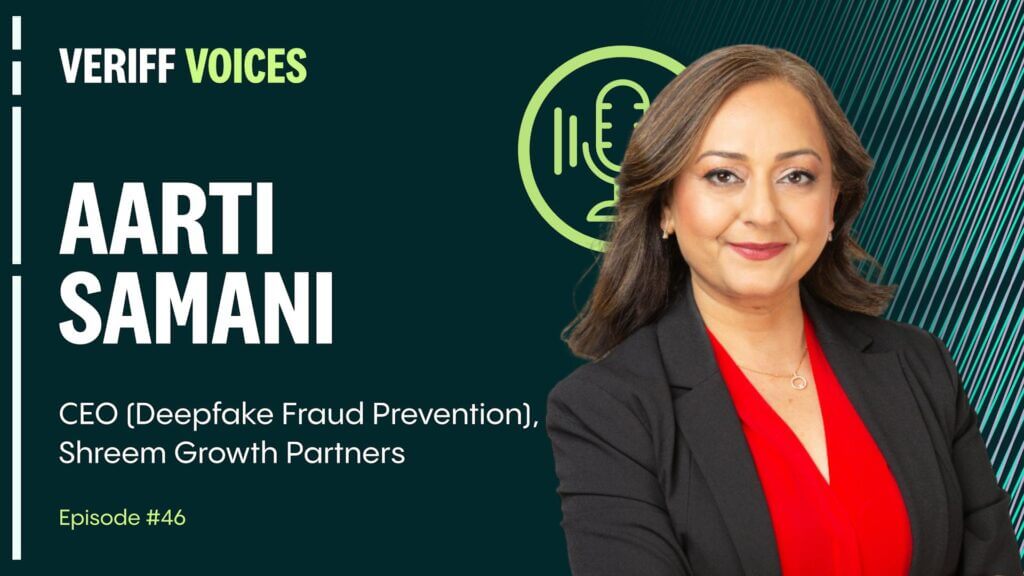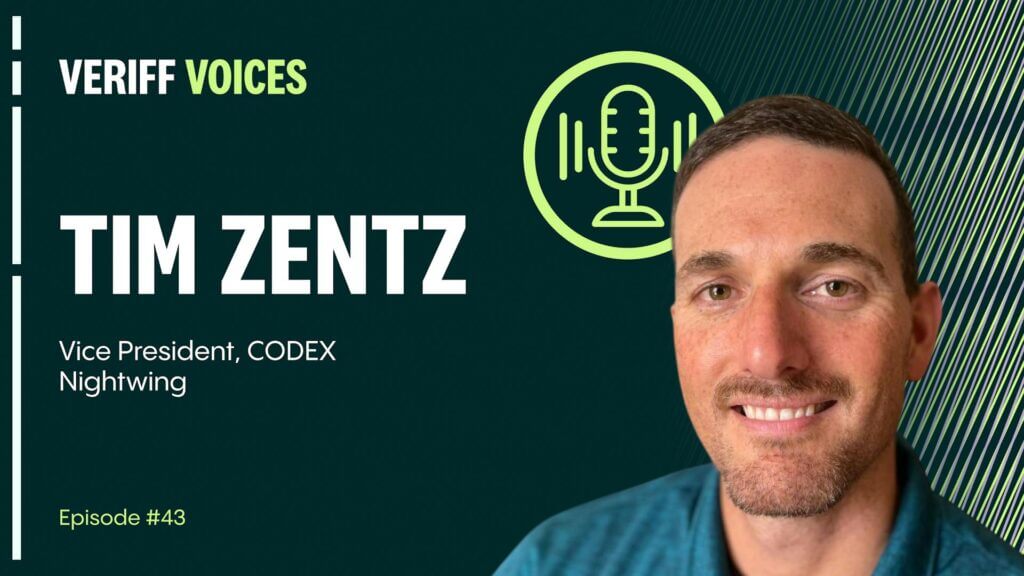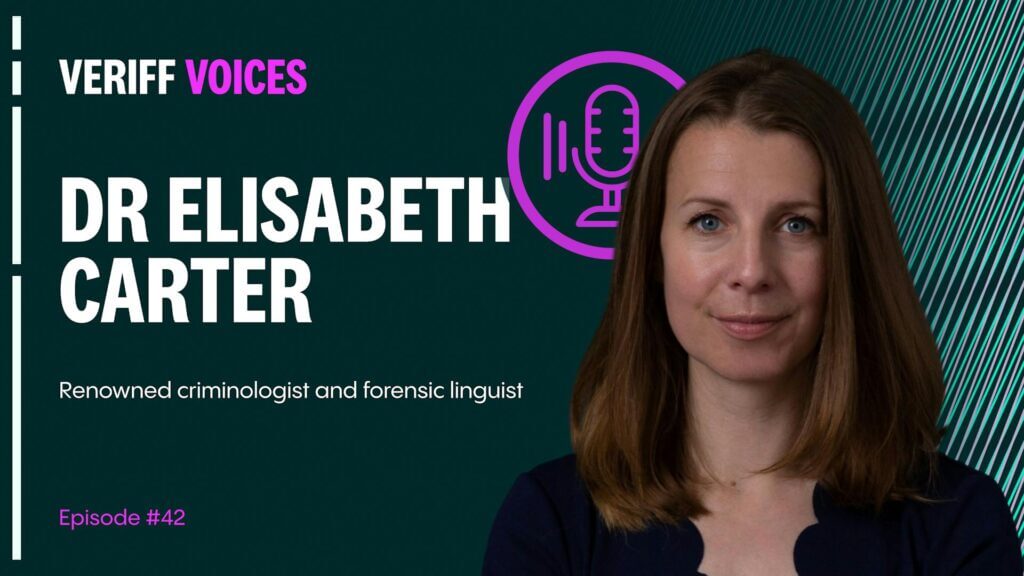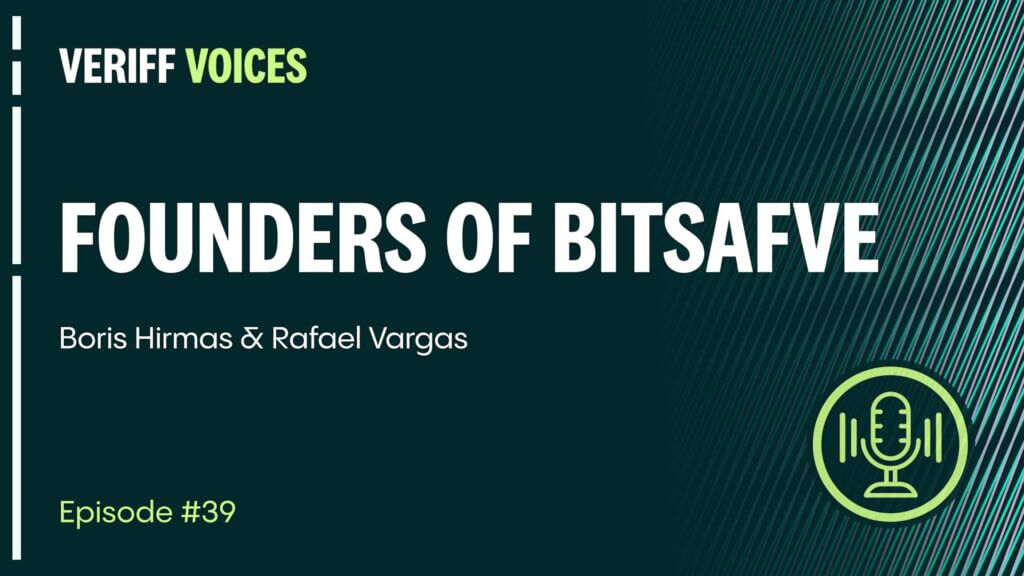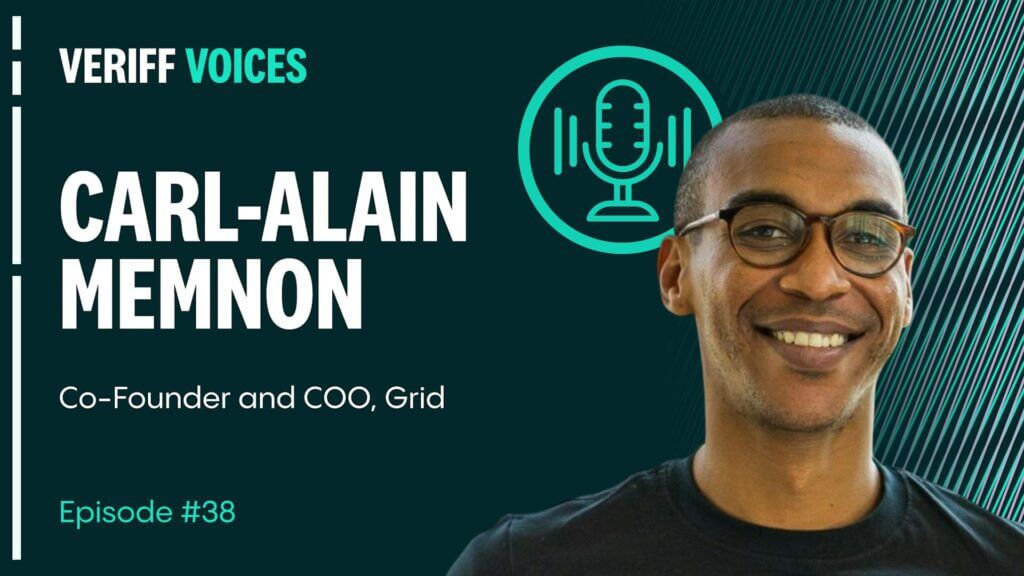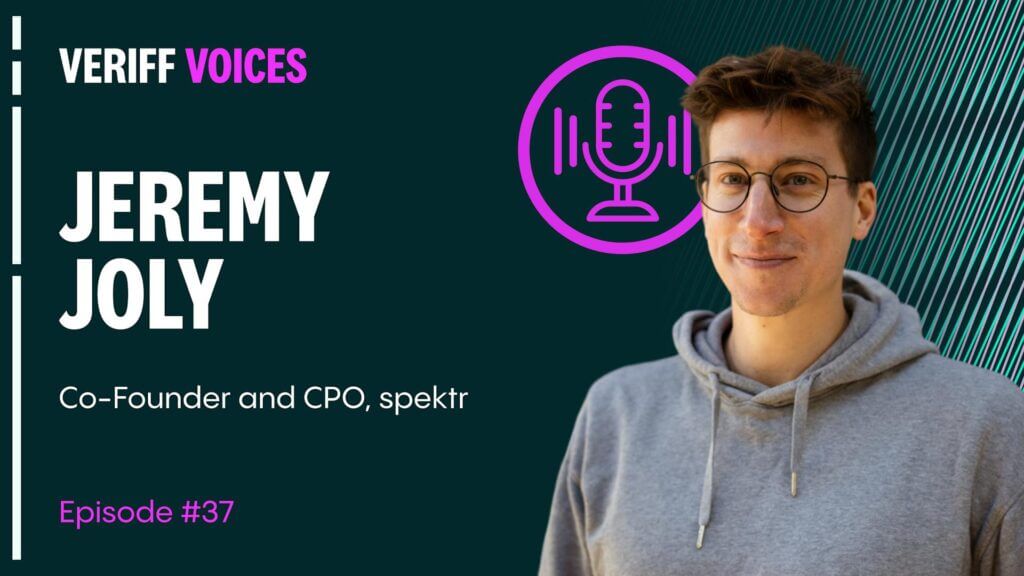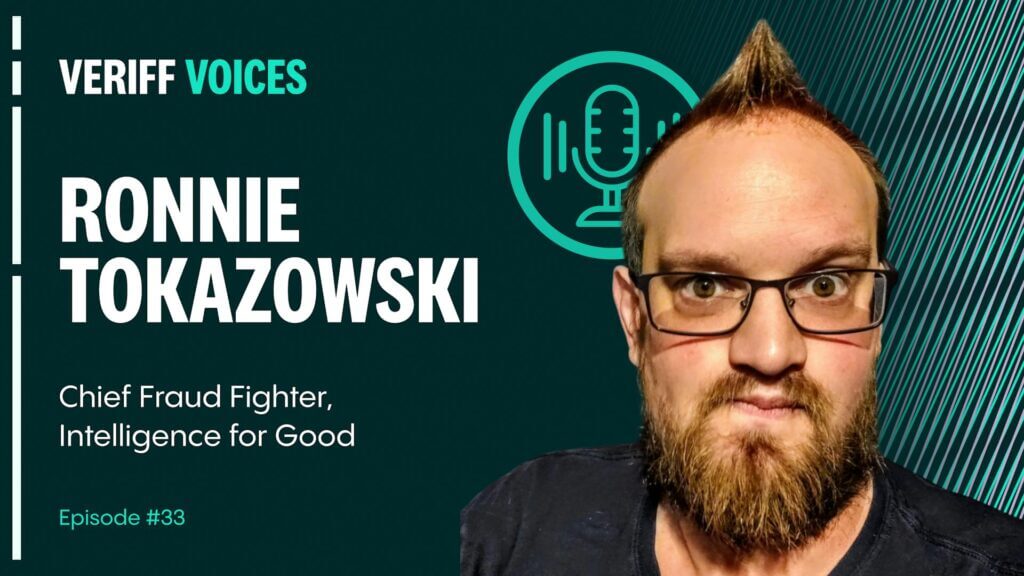Podcast
Why AI and humans are vital to Veriff’s mission
At Veriff, we’re constantly developing our technology to create the most advanced identity verification solutions on the market – yet we never forget the vital role of human beings in our success. Our Senior Product Manager, Liisi German. explains why it’s important to unlock the potential of both AI and human intelligence to provide the best possible identity verification solutions to customers.
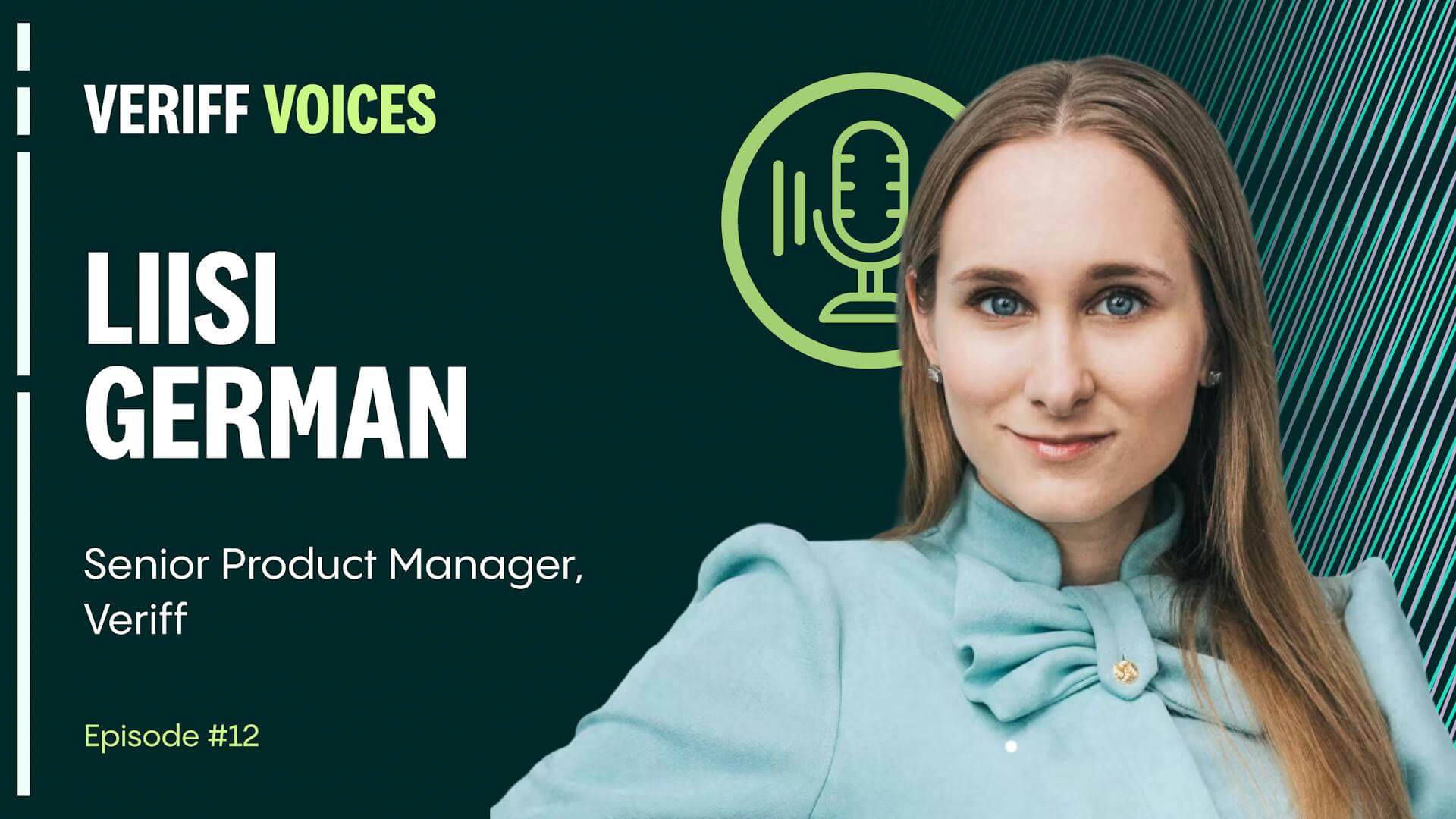
Listen to full conversation with Liisi now!
‘We have a clear aim as a team to increase automation at Veriff,’ says Liisi German, who worked as an engineer at Skype and a data analyst at Starship Technologies before coming to work for Veriff in 2019. However, Liisi doesn’t see technology as an alternative to people. Instead, by training artificial intelligence to deal efficiently with complex but repetitive tasks, the aim is to free up people to focus on the things they do best across the business.
AI and people in the product development process
Product development is a good example of how humans and machines can work together to deliver the best results. Liisi and her team are vital to provide the context within which AI and machine learning can be used to develop new approaches, then test and implement them.
‘Understanding what the client really wants, understanding their product and problem,’ says Liisi. ‘Looking at data and analytics to see where we can innovate, where we can improve the user experience overall. And then building the story of the product around it, why it’s needed, why it’s useful.’
Humans and machines working hand in hand
‘For some tasks, machines are way better,’ asserts Liisi. ‘Searching through a list of different crosslinks would take so long for a human, but you can automate it so easily.’
‘We’re using a lot of AI and machine learning to make our identification process faster, safer, better,’ she explains. ‘We use a lot of models to validate the documents that are coming in, user behavior and so on.’
Machines tend to do these specific tasks extremely well, but as Liisi points out, people are still an important element in the process.
‘Humans are producing exactly the data and insights we need, so the machines can learn from it,’ says Liisi. ‘There’s also always a need for human oversight and input, especially in niche areas. ‘If the machine figures that it needs some help then it can ask.’
‘I think we are in a really good place. We can customize and tune really well for exactly what the customer is needing.’
‘Talking to a customer we can find out what suits them best, and also what kind of regulatory needs they have,’ she explains. ‘So, depending on that we can choose the best solution.’
‘We can do a lot with the AI side, but we can always have a lot of things done from the human side, and of course they are really complimentary, but they have a different focus.’
Dealing with bias
One issue with machine learning that Liisi believes can be addressed with the help of human intervention is the problem of bias. As she points out, the first step in reducing bias is understanding where it comes from. Bias exists in the real world, so it inevitably ends up in data, and hence in tech.
‘Data reflects how we see the world around us,’ comments Liisi. ‘If all of us think about a wedding dress, then probably everybody in Western cultures thinks about a white dress. But Asian people might not think about a white dress.’
Of course, learning to discriminate between valid and invalid data is key to what identity verification is all about. AI has to learn to discriminate between data supplied by humans, using initial rules created by humans – and in that process, bias inevitably creeps in.
‘I think that’s something for the whole world to figure out, what is too biased, or too discriminating,’ comments Liisi. ‘We can make the system good, but we can never make anything perfect until we’ve decided what perfect is.’
However, Veriff is constantly exploring ways to address bias, through both artificial and human intelligence.
‘For example, we have people from different countries and ethnicities working in the team, annotating the data,’ says Liisi. ‘But also, we’re measuring how biased we are, how our performance differs on different genders and races.’
One simple goal conceived by humans at Veriff is already having a positive effect on reducing bias and addressing inclusion.
‘We’re already working towards a system that means anyone who has a government-recognized document can get validated,’ Liisi points out. By supporting as many document types from as many jurisdictions as possible, Veriff is having a major impact on reducing unnecessary discrimination and exclusion.
Managing expectations
While you might think of working with AI as simply another form of software engineering, Liisi feels that there is an important difference that often isn’t recognized.
‘We’re trying to put data science into a box that doesn’t exactly fit it,’ she comments. Unlike traditional software engineering, developing a new product using AI involves a lot of research and experimentation, with no absolute guarantee of success. Part of Liisi’s role is to help Veriff’s clients understand the implications of this for product development.
‘We’re dealing with something that is really new and nobody has tried before,’ says Liisi. ‘So, we have to always manage expectations and say: “hey guys, we’re working on this – we might work on this for a month, and then we’ll see what results we have”.’
Launching a product
Finally, once a new verification product is ready to be launched, the human element becomes hugely important. Liisi works with the marketing team to decide the best markets to focus on and how to market the product to them effectively.
‘Sometimes how we describe the product is even more important than the product itself,’ smiles Liisi. ‘If you create something amazing but nobody knows about it or why it’s useful – I don’t know if it’s actually a great product.’

Veriff Voices
Listen to the full conversation with Liisi and explore more Veriff Voices podcast episodes.
